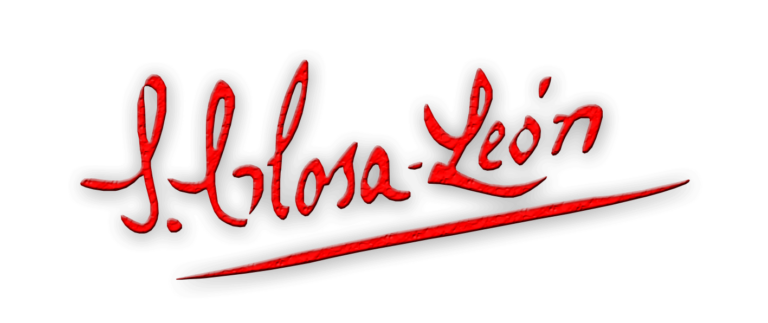Sebastián Closa León was born in Granada on March 6, 1927. He was the first son and the middle of three siblings.
When he was still a child, his family moved to the International Zone of Tangier, which was then under French administration. This may have been the happiest time of Sebastián’s childhood, as he often recalled humorous anecdotes from Tangier in conversations about his early years.
After a few years, his family decided to return to Spain. They settled in Andújar, a town in the province of Jaén, where they had family support in the area. Sebastián lived peacefully in Andújar until he was nine.
When the Spanish Civil War broke out, Sebastián and his family sought refuge in Granada. At the end of the conflict, his father was imprisoned and sentenced to death. This period and the ensuing postwar years profoundly affected Sebastián, as themes of suffering, injustice, and hunger haunted him throughout his life, themes he artistically represented in several works of the fantasy genre.




